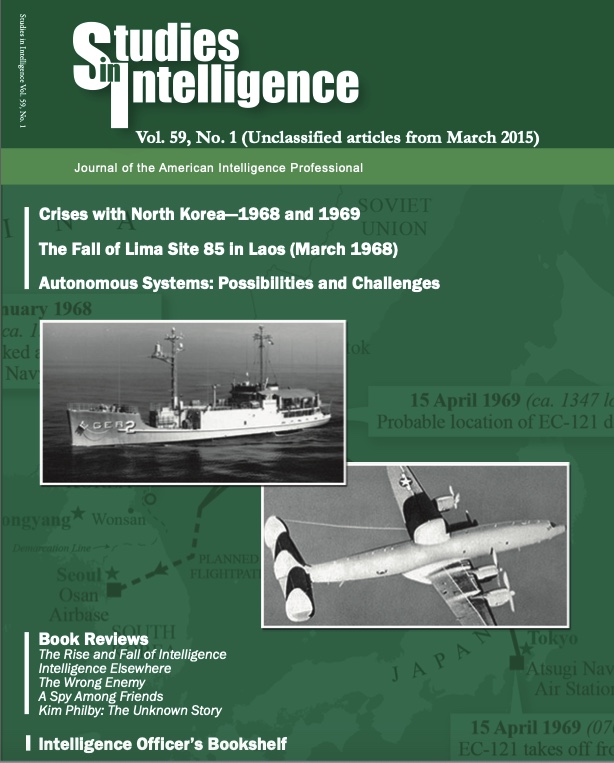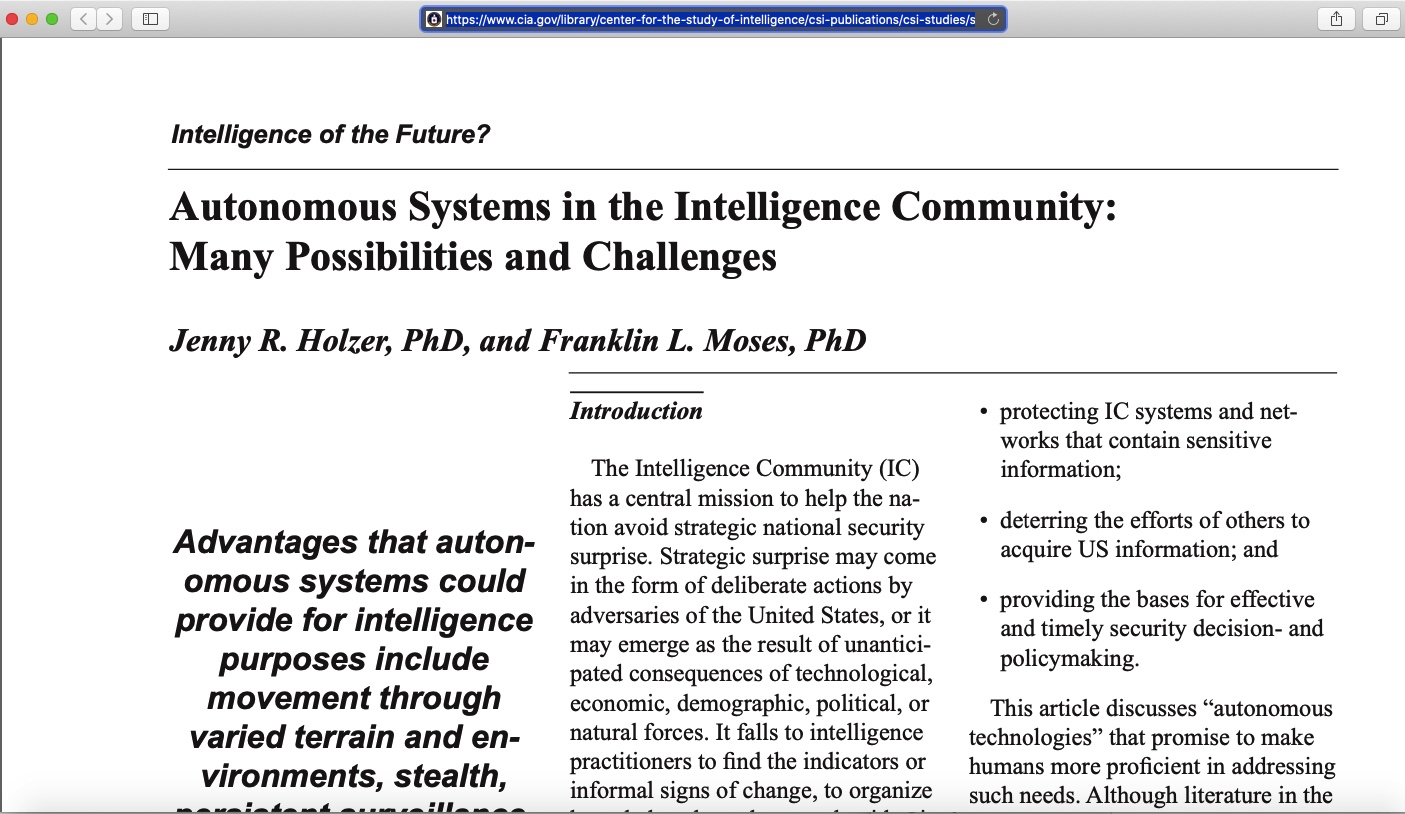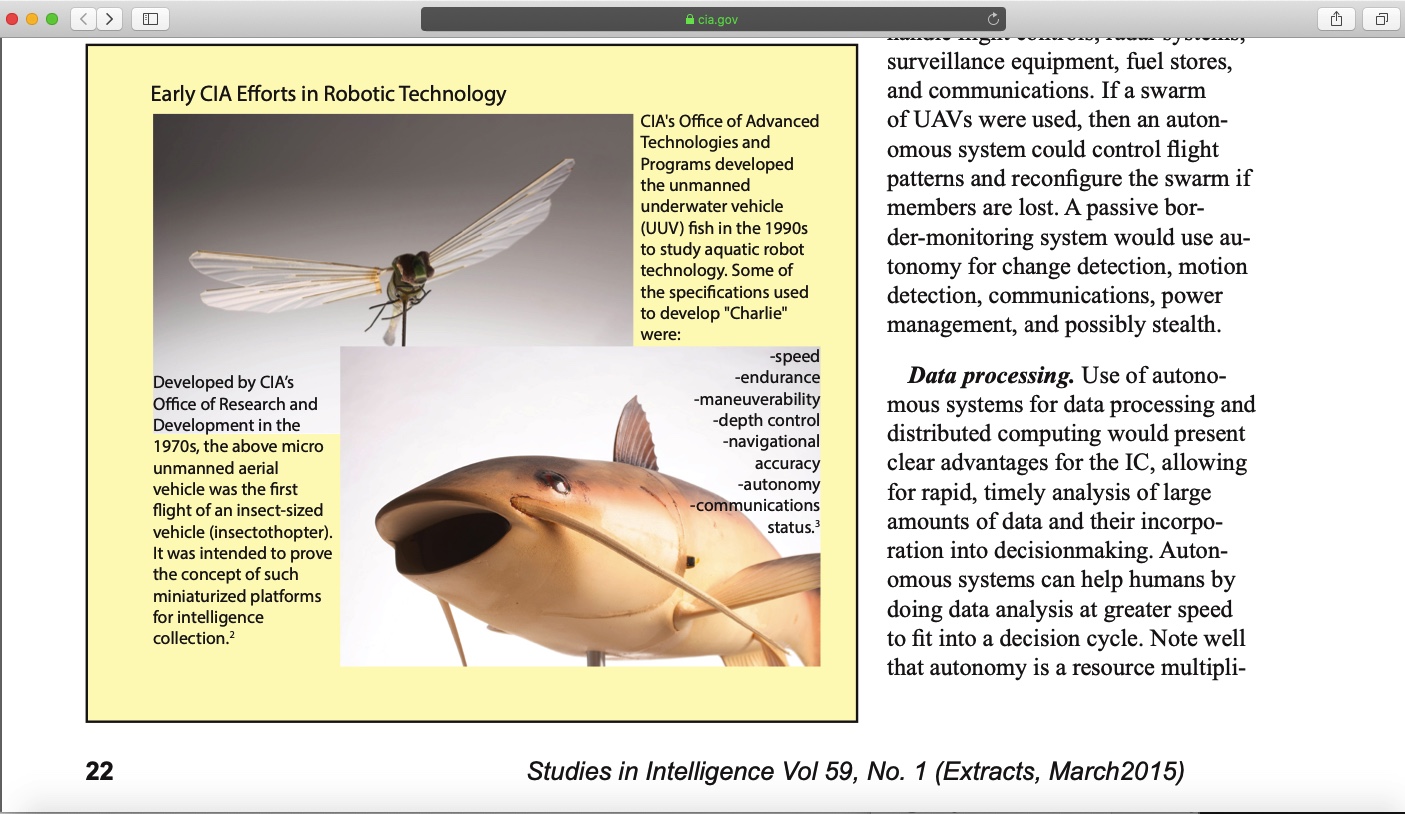Hip-driven Pump Brings Water to Parched Fields
 Thursday, June 25, 2015 at 8:19AM
Thursday, June 25, 2015 at 8:19AM
Finding ways to increase agricultural productivity is key to expanding food supplies and making farming pay. With the world’s population continuing to rise and becoming more urban, there is a pressing need to improve both the quantity and quality of food supplies.
The many small-scale farmers across the global South – and their high levels of poverty – demonstrates the urgent need to change the way farming is done.
Based on Food and Agricultural Organization (FAO) census data, it has been estimated that some 525 million farms exist worldwide, providing a livelihood for about 40 per cent of the world’s population. Nearly 90 per cent of these are small farms with less than 2 hectares of land (Nagayets, 2005). Average farm sizes around the world run from 1.6 hectares in Africa to 121 hectares in North America.
Small farms occupy about 60 per cent of the arable land worldwide and contribute substantially to global farm production. In Africa, 90 per cent of agricultural production is derived from small farms (Spencer, 2002).
One social enterprise is pioneering the development and selling of innovative farming tools for these small-scale farmers to increase their efficiency and make their lives better and more profitable. The MoneyMaker Hip Pump is a lightweight irrigation tool designed to be used by anyone, but aimed especially at women farmers. It helps to increase the amount of water that can be pumped into a field during the dry season. To date, the makers of the pump, Kickstart (kickstart.org), claim to have sold 190,000 pumps. It can irrigate up to 0.40 hectare of land.
Kickstart, which calls itself a non-profit promoting technology and entrepreneurism in Africa, develops and markets simple agricultural tools for Africa’s rural poor so they can improve their businesses. The company estimates it has helped 600,000 people since it was founded in 1991.
The MoneyMaker Hip Pump was launched in stores in 2006 and received a sales and marketing push in 2008. It sells for US $30 and weighs 4.5 kilograms. Kickstart says the pump’s most effective attribute is its simple pivot hinge. This pivot hinge allows the user to combine their body weight and strength from their legs with sheer momentum to power the pump rather than straining upper back and shoulder muscles – something that is very hard on farmers’ bodies and leads to repetitive strain injuries that shorten a farmer’s effective working life.
The pump can pull water from 7 metres and push water up a field for 14 metres.
Kickstart says that by early 2012, it had sold 32,037 pumps.
Reporting in a paper for the World Bank, Vincent Nnamdi Ozowa found smallscale farmers needed five things that will make a big difference to their productivity: better access to information on new methods, scientific advances and timely market updates; better education and improved literacy rates;access to credit; better marketing; and better technology that minimizes drudgery and improves efficiency.
In 2011, Worldwatch Institute’s State of the World report found small-scale agriculture could be key to tackling world hunger and poverty. It urged a move away from industrial agriculture and towards small-scale farming in sub-Saharan Africa, believing it could make big gains by being more efficient and reducing waste.
Kickstart has found communities are receptive to the idea of using the pumps and building agro businesses.
“These are people who are already entrepreneurs, so it is not like we are sensitizing them; they are people who are trying to find ways to make money,” Kickstart Tanzania’s Anne Atieno Otieno told AllAfrica.com.
“When we meet them in the communities we talk to them about the value of irrigation versus relying on rainfall. Most of them are used to having to wait for the rain. At the time we were working with the Super MoneyMaker pump, which is a bigger, more expensive pump. They asked if we could make a low entry pump, which we passed on to our tech deputy and that is how we came up with the MoneyMaker Hip Pump.”
It is part of a range of products Kickstart makes to aid small farmers become more productive (kickstart.org/products).
KickStart believes that self-motivated private entrepreneurs managing smallscale enterprises can play a dynamic role in the economies of developing countries.
These entrepreneurs can raise small amounts of capital (US $100 to US $1,000) to start a new enterprise. KickStart then helps them to identify viable business opportunities and access the technologies required to launch the new enterprises.
Kickstart also uses something called a Mobile Layaway service to make it easier for farmers to afford a pump. This service lets farmers pay off the cost of the pump in small instalments by mobile phone. The farmer can choose how large or small the instalment is according to their means.
“Speaking to the women, and going out into the field and speaking with farmers, we identified a major obstacle – purchasing power, the ability to buy the pump. In Africa, in the field, the pump is a capital item,” Otieno said.
“They really have to organize themselves to be able to save for it. And so when we were speaking to the farmers, many were asking us, ‘Can you come up with a credit facility?’ or some system whereby they could purchase the pumps, because many of them wanted the pump but they were not able to afford it.
“The program works through a mobile phone service, MPesa (http://www.safaricom.co.ke/index.php?id=250) … so the farmers are able to save money, and send money through that program.”
Kickstart recently received an award from the US State Department and the Rockefeller Foundation for “transforming agriculture for women by harnessing technology and spurring entrepreneurship.”
By David South, Development Challenges, South-South Solutions
Published: April 2012
Development Challenges, South-South Solutions was launched as an e-newsletter in 2006 by UNDP's South-South Cooperation Unit (now the United Nations Office for South-South Cooperation) based in New York, USA. It led on profiling the rise of the global South as an economic powerhouse and was one of the first regular publications to champion the global South's innovators, entrepreneurs, and pioneers. It tracked the key trends that are now so profoundly reshaping how development is seen and done. This includes the rapid take-up of mobile phones and information technology in the global South (as profiled in the first issue of magazine Southern Innovator), the move to becoming a majority urban world, a growing global innovator culture, and the plethora of solutions being developed in the global South to tackle its problems and improve living conditions and boost human development. The success of the e-newsletter led to the launch of the magazine Southern Innovator.
Follow @SouthSouth1
Google Books: https://books.google.co.uk/books?id=6U6eBgAAQBAJ&dq=development+challenges+april+2012&source=gbs_navlinks_s
Southern Innovator Issue 1: https://books.google.co.uk/books?id=Q1O54YSE2BgC&dq=southern+innovator&source=gbs_navlinks_s
Southern Innovator Issue 2: https://books.google.co.uk/books?id=Ty0N969dcssC&dq=southern+innovator&source=gbs_navlinks_s
Southern Innovator Issue 3: https://books.google.co.uk/books?id=AQNt4YmhZagC&dq=southern+innovator&source=gbs_navlinks_s
Southern Innovator Issue 4: https://books.google.co.uk/books?id=9T_n2tA7l4EC&dq=southern+innovator&source=gbs_navlinks_s
Southern Innovator Issue 5: https://books.google.co.uk/books?id=6ILdAgAAQBAJ&dq=southern+innovator&source=gbs_navlinks_s

This work is licensed under a
Creative Commons Attribution-Noncommercial-No Derivative Works 3.0 License.




